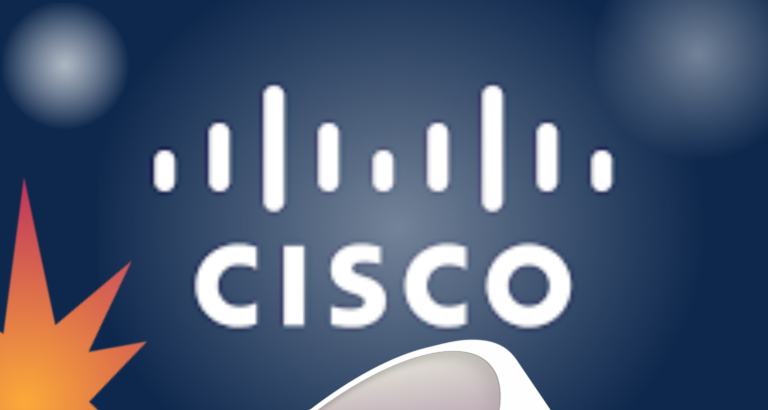What are Computer Network topologies and their types?
Computer network topologies are the design of the network. Moreover, computer network topologies define how computers will connect to each other and how devices will communicate with each other. To create a network, you start by designing how computers will connect. Subsequently, the connectivity between the computers is called topology.
There are two types of computer network topology:
i)Physical topology ii)Logical topology
•Physical topology
The physical topology is the physical appearance of the connections between the computers and how and where we connect computers in the computer network.
•Logical Topology
Logical topology defines how computers transmit and receive data. How they are connected logically.
1)BUS Topology
Bus topology is the oldest topology in computer networks. It is similar to a G.T.Road, in which we connect computers to it. It uses T-connectors. Whenever we want to connect a computer to the main cable, the computer connects to the main cable through T-connectors. Bus topology is easy to set up and requires fewer cables compared to other topologies. It is a convenient and useful way to connect computers toBut a computer network.
However, it does come with a few drawbacks:
if the main cable disconnects at any point, then the entire network will collapse. Furthermore, installing a new PC in an existing network is difficult.
2) Ring Topology
In ring topology, we connect different computer networking devices in a ring form. The ring topology uses FDDI, SONET, and Token Ring. Normally, ring topology uses physical wiring topology.
Merits
Faults in the cable are easily discoverable.
It is easy to install a ring network.
Demerits
Adding or removing a PC in ring topology causes network disruption.
A single break in the cable can cause the whole network down.
3) Mesh Topology
In mesh topology, we connect each computer in the network to every other computer. Mesh topology is the most expensive topology in network topologies.
Every computer has a redundant path to another computer
Wiring between computers is very complex
Normally this type of topology is used in WAN
Mesh topology will be either full mesh or partially mesh
In a full mesh network, we connect every device to every other device in the topology. However, in a partial mesh, devices do not have direct connections to each other.
Advantages
Mesh topology provides redundant paths between nodes.
Disadvantages
It needs more cables than other LAN setups, and it’s also quite complicated to set up
4)Tree Topology
Tree topology is a collection of both bus and star topology. First, we use bus topology as a backbone cable. Additionally, the centralized device, just like the switch and hub, connects to the backbone cable. Furthermore, we connect the end devices to the centralized star topology devices by utilizing tree topology.
Advantages
It is easy to troubleshoot.
Point-to-point wiring for individual segments.
Disadvantages
The total length of every segment is very short
If the backbone cable goes down, then the entire network will collapse.
5)Hybrid Topology
Hybrid topology combines all other network topologies. However, when you blend two or more network topologies, it forms a hybrid topology that can be challenging to manage.



